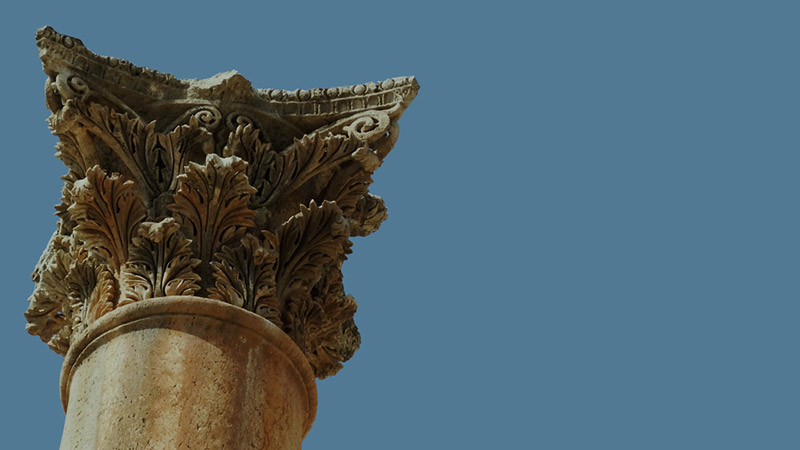More Results
Showing 12 of 152
Articles

The Jewish Revolts
The Jewish RevoltsJewish people of Jesus' day had a passionate desire for freedom from the domination of the pagan Romans and the oppressive Herod dynasty that had ruled them for many years. Revolt seethed continuously, mostly underground, for mor...
MORE
The Latest Technology
Before 1200 BC, bronze was the metal in the Near East. Scholars believe that the technology of the ancient world was not advanced enough to heat metal to the temperature needed to melt iron and work it. The melting point of iron is 1,550 degrees C...
MORE
The Salt of the Earth
The City of SardisLocated on Mount Tmolus in southern Turkey, the city of Sardis stood at the crossroads of Asia Minor, the most prosperous, powerful, fertile, and pagan province of the entire Roman Empire. First-century Sardis had a unique blend ...
MOREEncyclopedia

The Garden Tomb
Just north of the Damascus Gate, the main northern entrance to Jerusalem, is a beautiful garden located against the side of a rocky cliff. It has been a place of interest to many Christian visitors because it is remarkably similar to the Bible's d...
MORE
The Gate Chamber at Megiddo
Only part of this chamber was left standing after the city was destroyed following the Assyrian conquest of the Northern Kingdom in the eighth century BC. The street (foreground) was removed by archaeologists after they discovered an earlier gate ...
MORE
The Herod Family Tomb
The Herod Family TombThe tomb to the west of Jerusalem was at one time thought to be the burial place of the Herod family. Later research indicated that it was not Herod's tomb. It is noted for the "rolling stone" still in place next to ...
MORE
The High Place and Altar at Dan
The high place at Dan, in northern Israel, dates to 920 BC, when Israel was divided into the northern (Israel) and the southern (Judah) kingdoms.The high place measured 62 feet square and was surrounded by a wall. On top of the high place were bui...
MORE
The History of Jerusalem
2,000 BC- God sends Abraham to the area of Mount Moriah to sacrifice Isaac.1,000 BC- David captures Jerusalem, names it the City of David, and makes it his capital.950 BC- Solomon spends seven years building the temple, then spends thirty years bu...
MORE
The Mount of Olives
The Mount of Olives is 2,650 feet above sea level. The ridge is two miles long. Beyond the Mount of Olives is the Judea Wilderness. The Old Testament predicted that the Messiah would come from the east through the wilderness and would enter Jerusa...
MORE
The New City
This view is from the northwest looking southeast across the New City. Jerusalem expanded to the north in Jesus' time, to the area in the foreground called the New City. The wall in the center is the second wall, and the area inside it is the busi...
MORE
The Pilate Stone
While excavating the theater in 1961, archaeologists discovered this stone, which was being used as a step in a small stairway. When they had uncovered it, they found that it was in secondary use.Originally, it had been the dedication stone for a ...
MORE
The Temple at En Gedi
En Gedi is one of the oases around the Dead Sea. Sodom and Gomorrah would have looked like this oasis. High on the cliff above En Gedi, archaeologists discovered a pagan temple already old at the time of Abraham and Lot. Sodom and Gomorrah probabl...
MORE

















